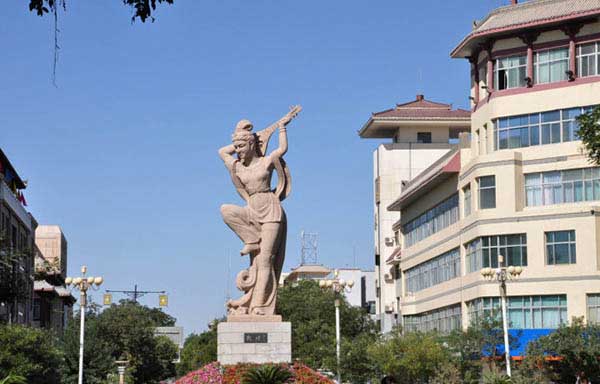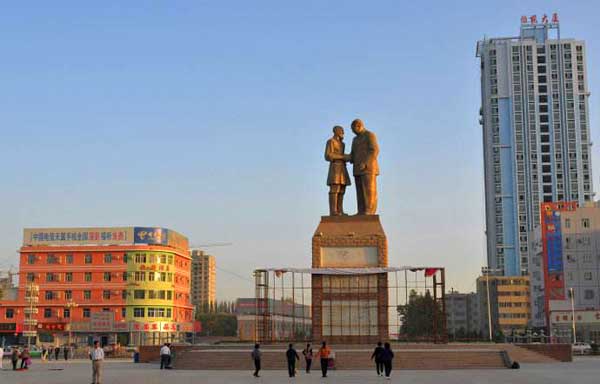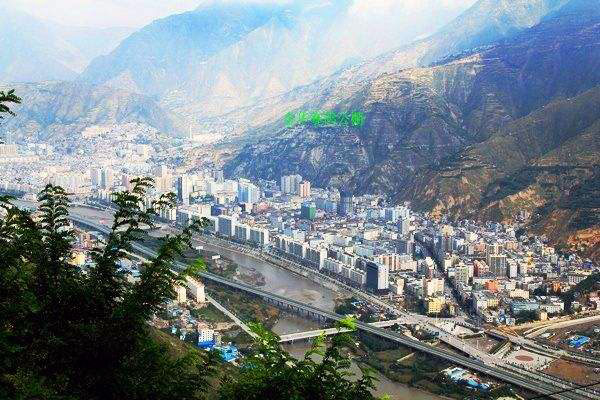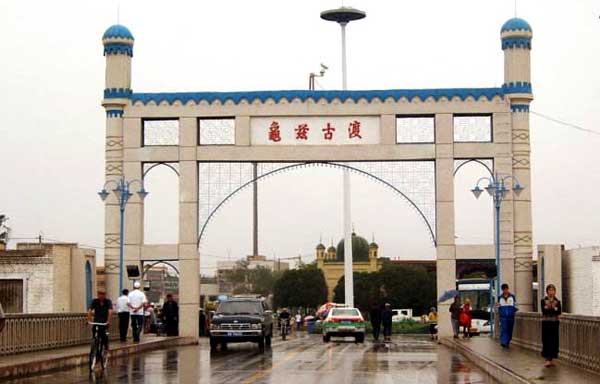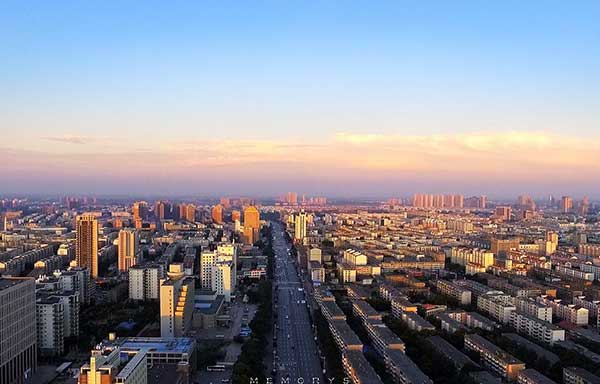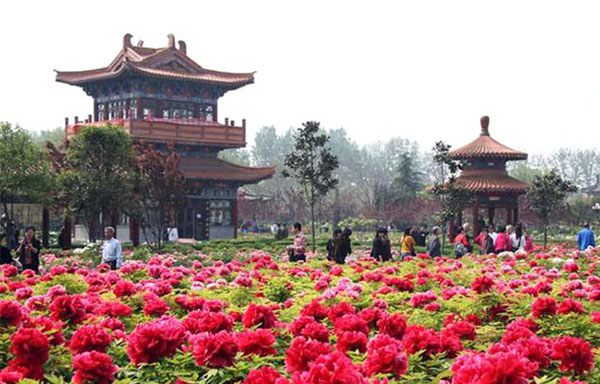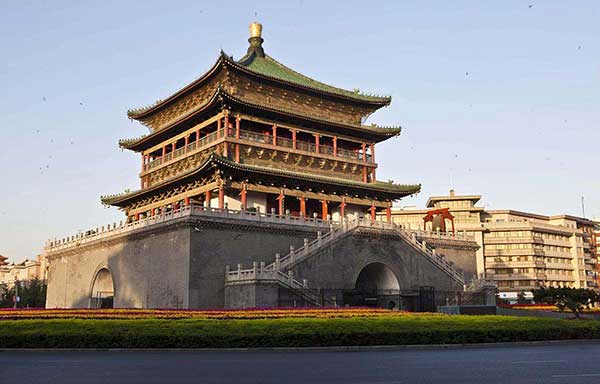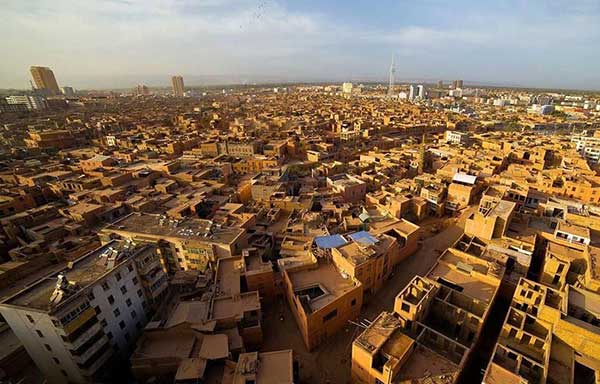- By admin
- In EthnicGroups
- 2018-06-27
Ethnic Groups & Religions on the Silk Road - Uygur
The Kazakhs
Population:
Kazak population was recorded as 1,352,100 in the 2003 census, 6.99 percent of the region's total.
Living Areas:
The Kazak people mainly live in Ili, Tacheng, Altay, Barkol, Jichang and Urumqi on the northern the Tianshan Mountains Xinjiang.
Language:
The Kazak language belongs to the Turkic branch of the Altaic family of languages. Its written form is based on the Arabic alphabet.
Religion:
The Kazaks are Muslims.
Residence:
Most pastoral Kazaks live in movable yurts.
Economy:
Most Kazaks live on animal husbandry. They also engage in food crop farming.
Holidays:
Major Kazak holidays include Corban, Nawuruz and Id El-Fitr. They number years in a system using 12 astral animals. Nawuruz is a celebration of the lunar New Year. Herding families celebrate it with a feast of roast mutton, cheese nuggets and cooked barley and maize.
History:
The Kazaks' ancestors can be traced back to several nomadic tribes from different times – the Wusun people between the 3rd century BC and the early AD 1st century, the Turkomans and Geluolus between the 6th and 10th centuries, and the Naiman, Kelie and Kipchak tribes in the 12th and 13th centuries. The name "Kazak" first appeared in the 15th century, and in the late 16th century the Kazaks organized themselves into three tribal leagues called the Major, Medium and Minor Yuzi.
Diet:
Kazak herdspeople live off their animals. They make a variety of dairy foods, such as butter, cheese, dried cream and yogurt. Mutton is cooked on the bone to be held while eating. Pita bread, deep fried dough cake and rice cooked with sliced mutton are daily staples. Kazaks traditionally treat guests with the best food they have, even the meat of their best colt.
Culture:
The Kazaks have a distinctive cultural and artistic legacy, with roaming ballad singers and families gathering to sing and dance in herdspeople's camps. The value of herding skills is reflected in traditional sports like horseracing, horseback wrestling, competing for a "sheep" (a sheepskin chased on horseback) and "girl-chasing-boy."
Costume:
In winter, Kazak men wear sheepskin or fur caps, jackets and pants. Their jackets and the bottoms of their pant legs are ornamented with embroidered patterns. Their caps are made of warm fox fur and their cattle-hide belts have decorative buckles. Kazak women wear colorful dresses, shawls and flower-patterned scarves. Girls decorate their hats with owl feathers. The patterns on married women's veils are different from those of unmarried women.
Marriage:
Monogamy is standard, although some polygamy can be found historically. A marriage has to go through matchmaking, engagement, betrothal gift offering, bridal shower and a grand wedding. All these occasions are accompanied by love songs and blessings for the couple.
The Hui People
Population:
Approximately 9,820,000 in 2003
Living Areas:
Hui Musims mostly live in Ningxia, Xinjiang Jichang and Yanshi, Qinghai, Gansu, Inner Mongol and Shaanxi Province.
Language:
The Huis speak Mandarin Chinese and write in Chinese characters, although a number of Arabic and Persian words have remained in daily speech.
Economy:
The Huis live mainly on food crop farming. Some are also craftspeople or businesspeople.
Culture:
The Huis boast a rich heritage of folklore and narrative poems. Their folk songs include the popular "Flowers," "Ditty" and "Banquet Song."
Holidays:
Rosun is the major Hui festival of the year and Corban the second most important.
Religion:
The Huis are Muslims, and divide themselves into two sects – the "Majors" and the "Minors."
Costumes:
Compared to other ethnic groups in Xinjiang, the Huis dress themselves plainly. Men typically wear a small white skullcap, white shirt and black vest. Women wear veils or white caps. Many like to wear jewelry.
Marriage:
The Huis practice monogamy.
Residence:
Traditionally, Huis live in wooden-framed adobe bungalows. Most of these south-facing buildings have one door, two windows, and a flat or lean-to roof. But many now live in apartment buildings with modern facilities.
Diet:
Wheat flour is the Hui's traditional staple food. They make all sorts of dishes out of it, such as hand-stretched noodles, flakes, steamed buns, soup, deep-fried bread.
History:
The Hui's ancestors can be traced back to Islamic soldiers and artisans who lived in central and western Asia. Their influx was a result of Genghis Khan's western expedition during the 13th century. These people, called "Huihui" by the Mongolians, were recruited as scouts for the army. In 1273, Khan ordered them to be grouped into local garrison communities to guard the border while reclaiming wasteland and farming. The region known today as Xinjiang was a principal area where they were stationed, and during Mongolian rule they settled across the region in Jichang, Fukang, Jimsar, Kashi, Hotan and Ili River Valley. In the second half of the mid-18th century, many Huis moved to Xinjiang from elsewhere in China. The main body of the present Hui ethnic group in the region formed during this period.
Related destinations
Why Choose Us?
We are the top Silk Road tour operator based in Dunhuang, China. We focus on providing well designed Silk Road China Tours with resonable price and thoughtful service.
- Easy & carefree booking
- The best value
- Great travel experience
- Locally operated
Hot Tours
-

6 days Gansu tour to Binglingsi, Xiahe and Langmusi
Tour type : Private tour Price : from *** Destinations : Lanzhou - linxia - Xiahe - Langmusi - Hezuo - Lanzhou -

12 Days Gansu Highlights Tour
Tour type : Private tour Price : from *** Destinations : Xian – Tianshui – Lanzhou – Xiahe – Langmusi – Hezuo – Zhangye – Jiayuguan - Dunhuang -
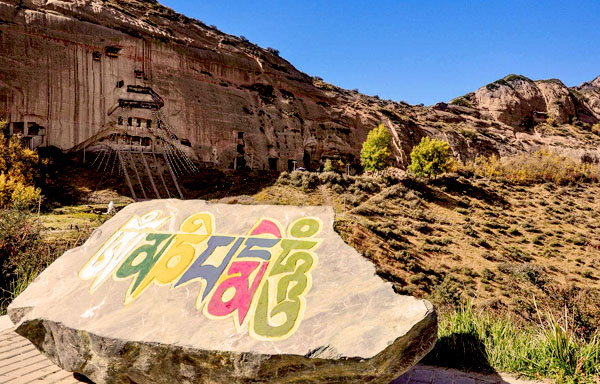
10 Days Silk Road Classic Tour
Tour type : Private tour Price : from *** Destinations : Xian - Zhangye - Jiayuguan - Dunhuang - Turpan - Urumqi -

5 Days Zhangye - Alxa youqi Highlights Tour
Tour type : Private Tour Price : from *** Destinations : Zhangye - Alax youqi - Zhangye

